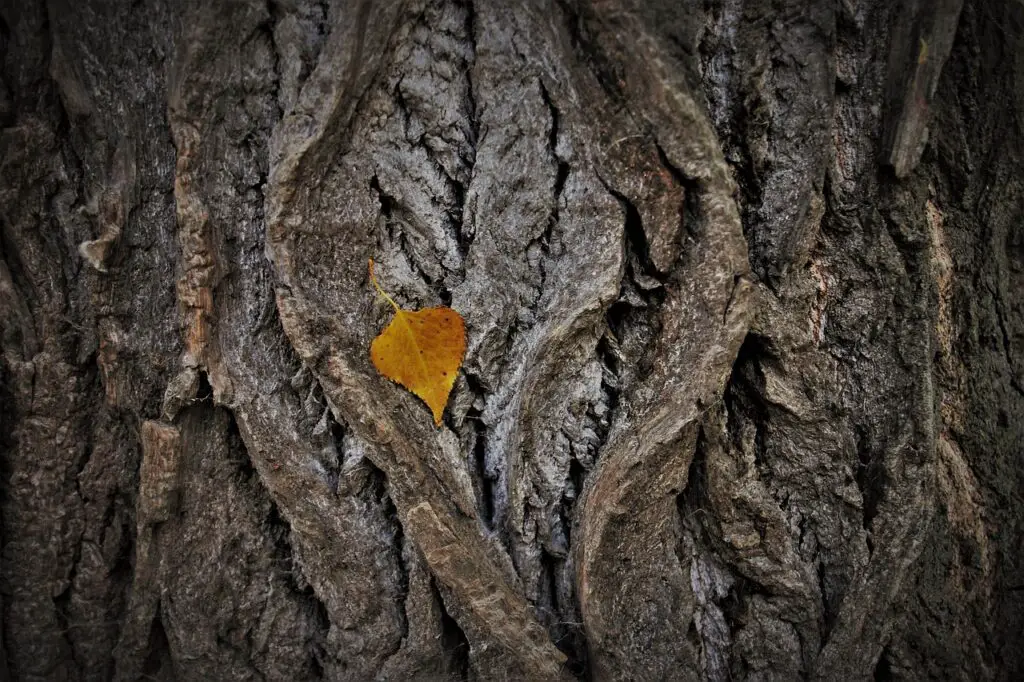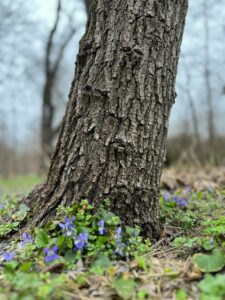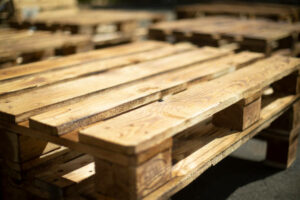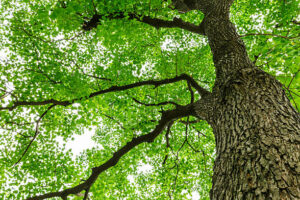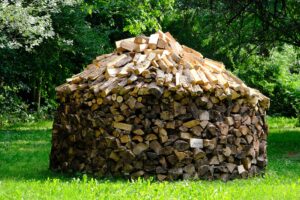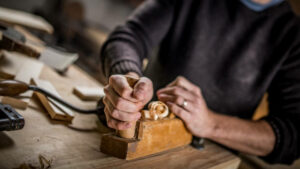Wood color names vary based on their different types. Tiger maple is a unique wood that features a pattern of narrow bands of darker color. Also known as a maple wood curling maple or tiger stripe maple, it is a popular choice for decorative furniture.
Peroba has a light brown to golden yellow color. The sapwood is narrow and not demarcated from violet wood by the heartwood, which is salmon pink to reddish-brown when freshly cut and darkens with exposure.
Dark Brown
A deep brown shade that resembles the rich tones of a walnut tree. It also has hints of deep red and purple undertones that create an earthy look.
Chocolate brown has warm tones of a natural cocoa bean color. It also has a hint of yellowish brown and red that adds warmth to the tone. Raw umber is a dark brown hue that is reminiscent of the natural earth pigment extracted from clay.
Feather brown resembles the faded brown shade of a swan or goose feather quill, which was once used as a pen nib. Wheat brown has the light neutral tones of ripe wheat fields. Bisque brown has a pink or peach undertone that can give this shade a soft and warm feel. Deer brown has a similar look to chamois but with a cooler, more muted tone. Dirt brown is a shade that is close in color to beige but is more gray in tone.
Light Brown
Generally light to medium in shade, these brown shades are warm and neutral. They have natural, earthy undertones and are often used to darken other colors without overshadowing their nuances.
Sienna brown is a warm shade with reddish undertones. It’s similar to the color of rust metal and is often used as an alternative for a sepia-tone filter on photographs.
Wenge
This wood is known for its contrasting patterns of dark streaks against the lighter background, reminiscent of the maroon hue. It can be almost black in certain areas, depending on the finish. Sapwood is whitish and not demarcated from the heartwood, which ranges from pale salmon to dark reddish brown. The grain may be wavy, curly, or figured. The wood also stains well and holds up to heat. This wood is native to West Africa and has a reputation for durability and strength.
Light Yellow
There are many light-colored woods available. Maple is one of the most classic pale-colored woods. Its sapwood and heartwood are creamy white, but they can also be yellow to light brown. It has a closed grain and is very hardy.
Another popular wood is mahogany, which can range from reddish-brown to dark brown. However, the most desirable is the Honduran mahogany (Khaya sp). This species of mahogany has a distinctive grain and natural sheen that develops into a rich, warm tone when it ages. Other woods with a deep sheen are Gombe, which is a remarkable lustrous green-brown wood that is surprisingly tough and strong. Lignum vitae wood has an olive-green color, while yellow heart tends to have a dull eggplant purple appearance when new. Many other green woods turn a golden brown with normal oxidation. A few green woods, such wood species such as alder and poplar, retain their fresh colors for a very long time.
White
Although most hardwoods are considered to be dark wood, there are a few that are light in color and medium texture. One of the most popular and versatile of these is white oak. It is straight-grained with a moderately coarse texture and a pale yellow to brown color that wears well and resists exterior adversities.
Other light-colored hardwoods include birch and sapele. Both of these species have very light tan to pale yellow colors with a distinct difference between heartwood and sapwood that darkens over time. Sapele is also known for a variety of figured grain patterns, including pommel, quilted, wavy, and beeswing.
Another interesting and unique wood is African padauk. It has a kaleidoscope of light and medium reddish to pinkish-brown colors with varying shades of black streaks, purple, and brown.
Pink
Pink ivory wood is one of the rarest and most expensive exotic tonewoods used in guitars. It is rumored to be worth as much or more than diamonds. It is expensive wood that grows extremely slowly and is said to be a treasured hoarded commodity by rich, hierarchical families throughout Africa.
This classy shade of pink is neither too warm nor too cold. It has a little more red than many other pink shades (which is visible in its CMYK values), so it also has more energy without being overly bright.
China pink first came into use in 1948. It’s a dark purplish pink shade that could be described as an energetic mauve-like color.
Red
While some woods may look very light or tan, several others have a variety of reddish tones. Maple and ebony are examples of wood types of woods that fall under this general category.
Chakte kok (Sickingia salvadorensis)
Known by many aliases, change Kok is one of the most vibrant redwoods in the world. Illegal logging has led to it being listed as an endangered species, but it is still widely used for its durability and beauty.
The heartwood of this wood ranges from a straw-like color to a dark yellowish-tan. The sapwood is light in appearance and well-demarcated from the heartwood. Grain patterns can vary from plain and almost straight grain to curly and wavy. Often has a striped or mottled pattern that may contain flecks of red and purple hues. Found in Central America and Mexico.
Orange
The wood color orange is a very warm and cheerful shade and is often used to illustrate fire. It is also a common shade in natural wood finishes and products.
There are several shades of orange-brown woods, including Argentine Osage Orange, Padauk, and Guatemalan Tigerwood. These woods have similar characteristics: their heartwood is golden to bright yellow, and it almost certainly ages to a darker medium brown over time (see Preventing Color Changes in Exotic Woods). They have straight to interlocked grain with moderate pores and a fine texture.
Another shade of orange-brown is kombucha. It is a pale shade of orange that can be seen on the web as hue number 30. This is the exact color of swan or goose feather quills when they are faded from use, and it is a beautiful shade to have in your home or office. It is a very soft shade of orange with light coral tones and is very reminiscent of the natural color of these feathers.
Purple
Peltogyne, commonly called purple heart, is a colorful Latin American wood that has grown in popularity for its beauty and durability. It’s used in outdoor trim, furniture, and even dowels, the cylindrical rods that hold wooden structures together.
When freshly cut, the deeper eggplant purple heart is a brownish/purple color that deepens to an eggplant purple with age and exposure to ultraviolet radiation. This color change can be slowed and prevented by coating the wood with an anti-UV sealant.
Unlike red oak and some other wood colors, purple hearts do not have a characteristic odor. However, it does exude a gummy resin that can clog cutters and complicate the machining process. For this reason, it is recommended to use tools with a light-cutting speed and avoid excessive heating of the workpiece. Also, it is important to note that many wood pictures on the web are uncorrected — they often look more red than they are.
Black
In woodworking terms, the term “black” can be a little misleading because very few species of wood are naturally black. However, some natural wood colors can be made to appear nearly black by staining them.
Wenge is a very dark wood from a tree (Millettia laurentii) found in Central Africa. It is extremely dense and strong and has excellent termite and rot resistance. Its color ranges from medium brown to jet black.
Purpleheart (Peltogyne purpurea) is another very dark wood. It looks more brown or gray when first cut, but its color can deepen to a purple tone with exposure to sunlight and age.
Other common shades of brown include sepia, sienna, and tortilla. Sepia is a warm shade that resembles the ink used in old sepia prints, while sienna is slightly cooler and leans more towards peach. Tortilla is a very soft shade of red-brown that resembles the natural color of teak. Choosing the right shade of brown for your project can be a bit tricky, especially since different stain brands produce very different results.
